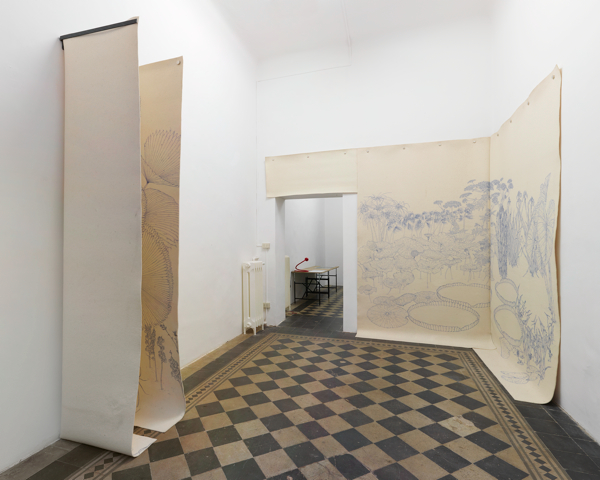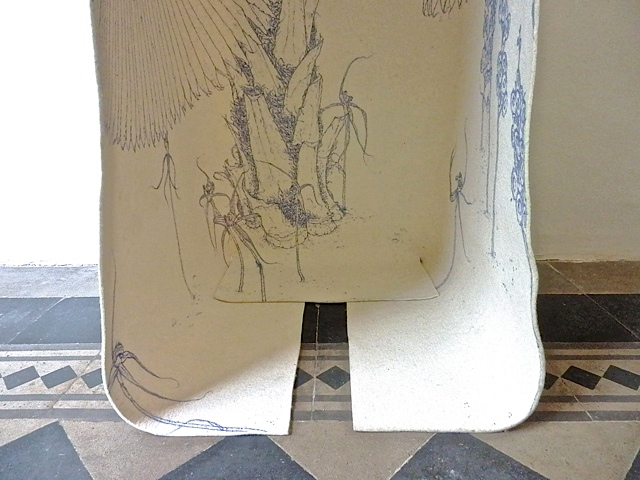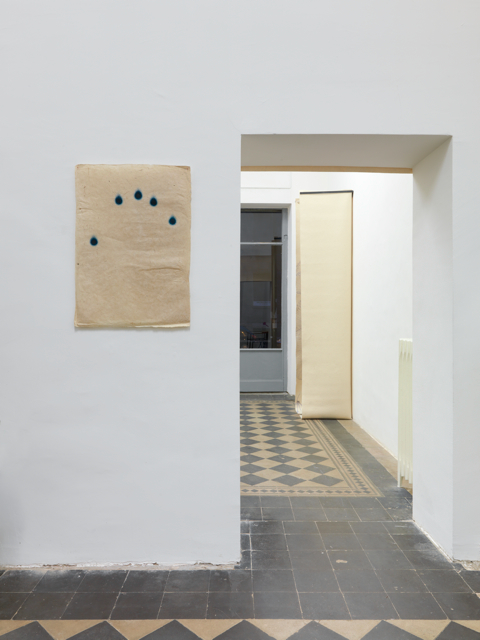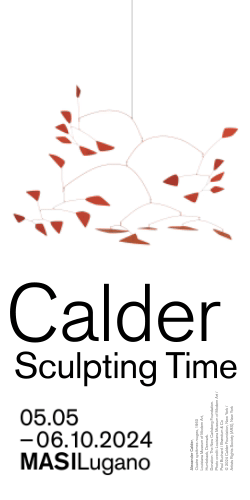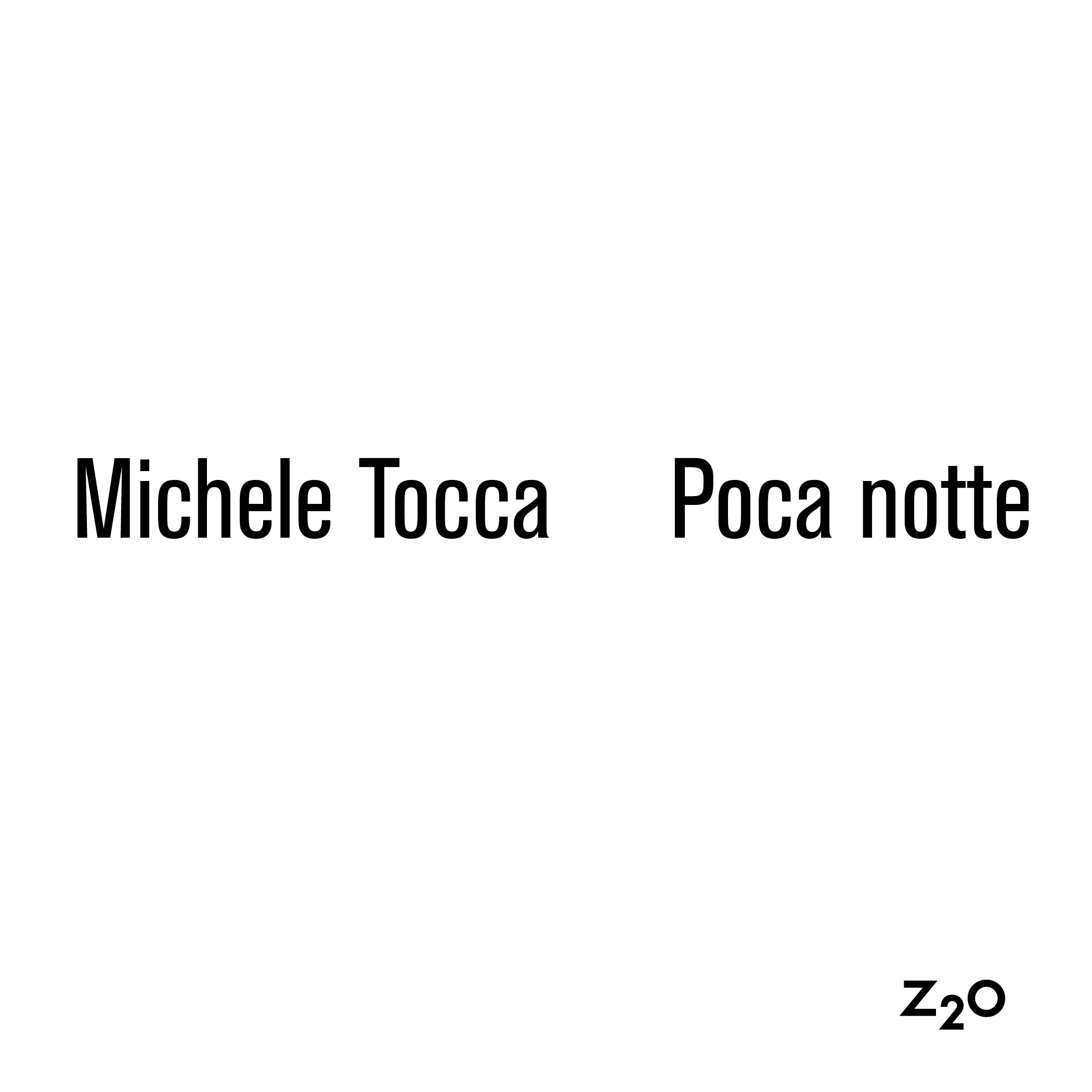To be part of a group—a community, a team, a family—is our only desire: to be present in the same place and time in order to affirm our will to share an experience, and to let such sharing generate mutual esteem, trust, and love. Nevertheless, we know we live in a time when there’s no room for collective narratives: adherence—to a style, to a principle—is considered as an expression of “fanaticism”; the sense of belonging rapidly causes unease.
As stray dogs, we suppress pose with instinct, and instinct with pose. Sometimes our bodies define a scenario, they interact with each other, touching, penetrating one into the other, but their interaction originates no discursive production of the evoked scenario. Our relationships have no name. The form of creative production that excites us most is the mixtape, which has nothing more to do with the vitalistic spirit of the Dadaist collage, or the Postmodern pastiche. On the contrary, it leans toward melancholy, because it rises from the complacency of solitude, where it reveals itself as a mere “exercise in style”.
Basically, it’s the most onanistic kind of art. We believe in men and women, and we wish we could believe in their children as well, and in the future, in the making of history. We often wonder if the characters of DIS Magazine have sex for real. We need reality. We need you. Untitled (Riflessi) (2010), is one of the first artworks in the artistic production of Marco Basta (b. 1985, Milan). It’s a series of six inkjet prints on Japanese paper, where some mirrors are chaotically laid out in an indistinct space—the reflective surfaces are painted with gofun, a pearly pigment made of crushed oyster shells. In the fifth print a naked male body enters the space, with the mirrors reflecting a few details of his genitals. In the sixth print there is a similar scene, but here the body is female.
The two bodies have no name—they are a “universal” man and woman—neither has the relationship between them.
The work is the narration of an encounter; however the sensuality suggested by the idea of two naked bodies in the same space quickly evaporates when you understand that these bodies might in fact never get to meet. Indeed Untitled (Riflessi) conjures up the specters of impotence, insensitivity, and mistrust. It highlights a scenario in which intimacy is not for granted, it has to be built. Tomorrow the artist will move to a new home. Giardino (Spider Orchids) (2012) is the last artwork made in the room where he lived for the past three years. It is a drawing on felt made with a blue marker; it depicts a Licuala Grandis palm, at whose feet some Spider Orchids and Biscuttellae sprout up. The size of the cloth coincides with an interstice between the wardrobe and the wall in the artist’s bedroom.Giardino (Spider Orchids) is the “alter ego” of Giardino (2010-11), which is also a drawing on felt in which the artist mixes up plants belonging to different ecosystems—papyrus, panacea, lotus, water lilies, etc. Here the size of the cloth corresponds to an unused corner of the room.
Regarding these two works, the artist wrote, “The two felts represent a ‘sentimental’ delimitation of my space. To exhibit them means to bring into the gallery space some fragments of intimacy, some portions of an imaginary space in which a person can really feel to be.” The garden, as a place where nature is given a specific asset, is a metaphor of the way an identity defines itself according to the synthesis between instinct and behavior patterns; between the public self and the private one.
These artworks suggest that romanticism gives birth to narratives different from the ones of love.
On the occasion of “Blue Thursday, ” the artist’s first solo show in Milan, three artworks are exhibited: Giardino, Giardino (Spider Orchids), and Untitled (2012), an oil drawing on Bhutanese paper. The show can be interpreted as a narration whose plot is made by the two drawings on felt, and whose ending, as a fade-out, is to be found in the drawing on paper.
We wish we lived in a different time and dedicate this exhibition to our man or woman, and thus write, “We are like the artworks in this room: we were born in the same place, one being the alter ego of the other, sharing the same language, the same project. Society made our intimacy public—it brutally took us, claiming to know our destiny, telling us an idealized version of what we are… This room is the proof that, even though in a different place, it’s still me and you. Stronger than ever, we welcome society which, helpless, can’t but contemplate what we have created.”
Il giardino a penna di ℳarco ℬasta ♣ Gasconade
Giardino (Spider Orchids), 2010-11 Giardino (Spider Orchids), 2012, dettaglio Senza Titolo (Riflessi), 2010 *** Intimista con punte di romanticismo si presenta la mostra estiva nello spazio Gasconade: ‘Blue Thursday’ di Marco Basta (1985). Come sempre mi diverto a leggere un comunicato stampa che – temperature africane a parte – contiene ‘viaggi’ socio-sentimentali di notevole spessore. […]

